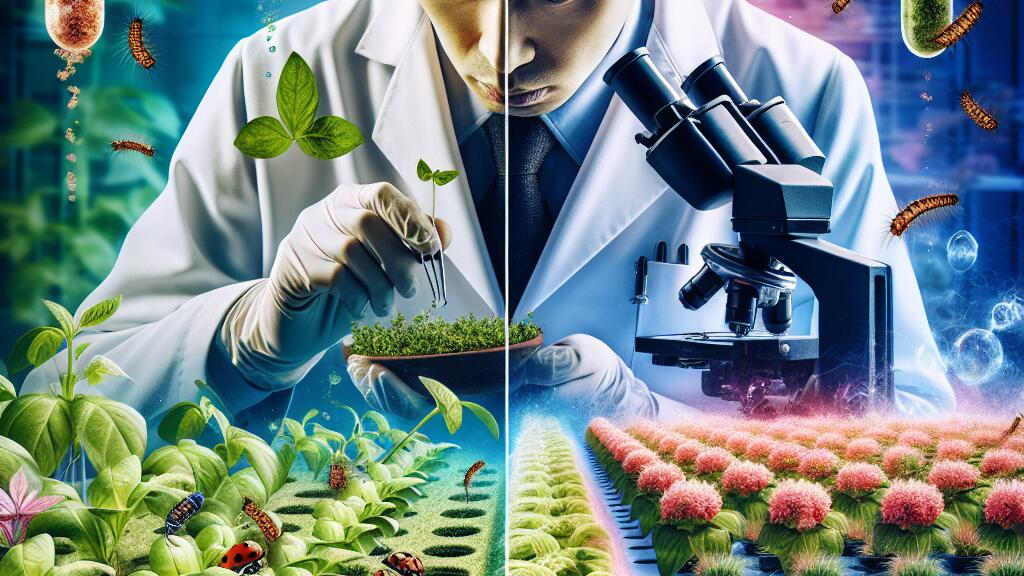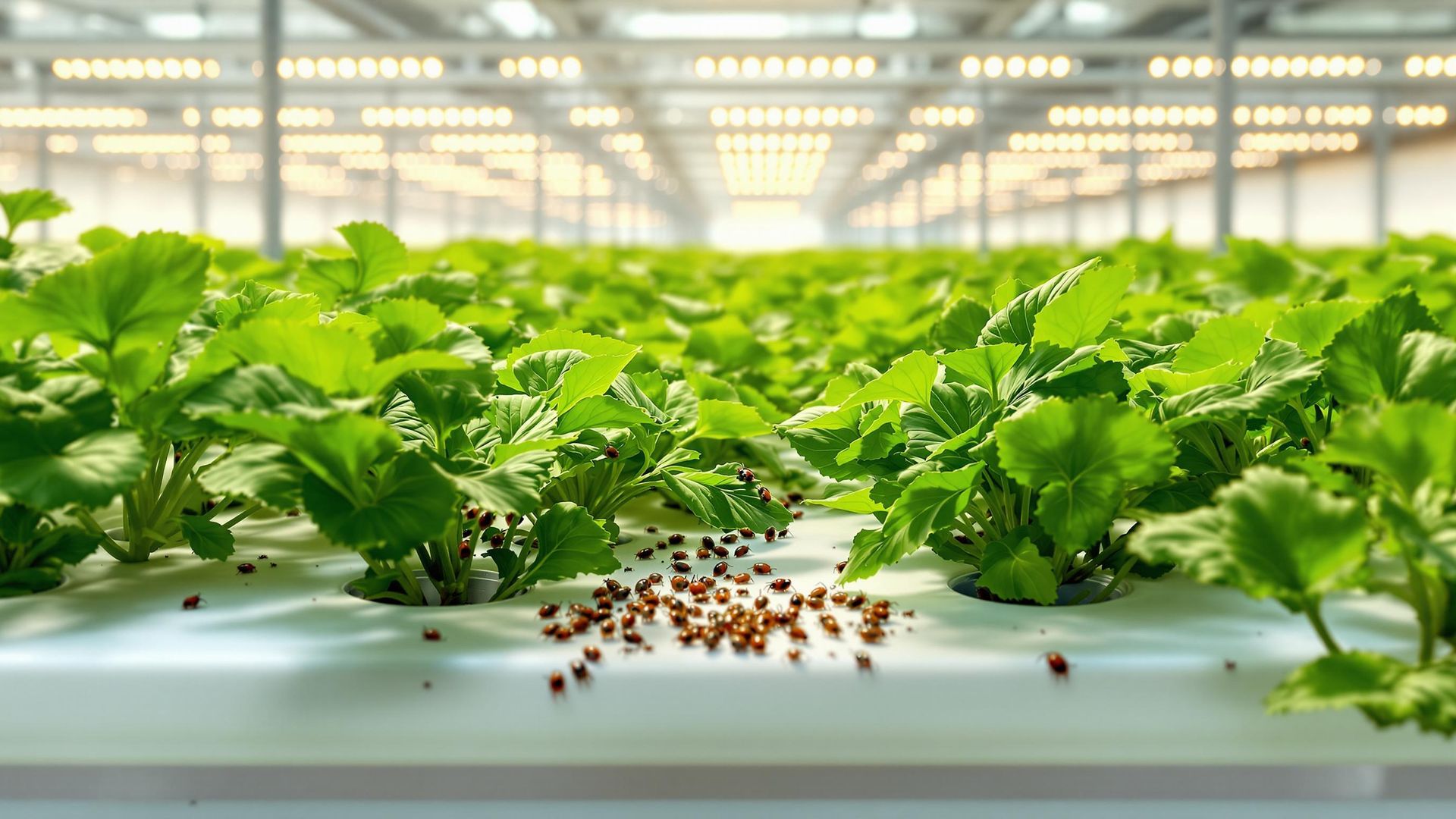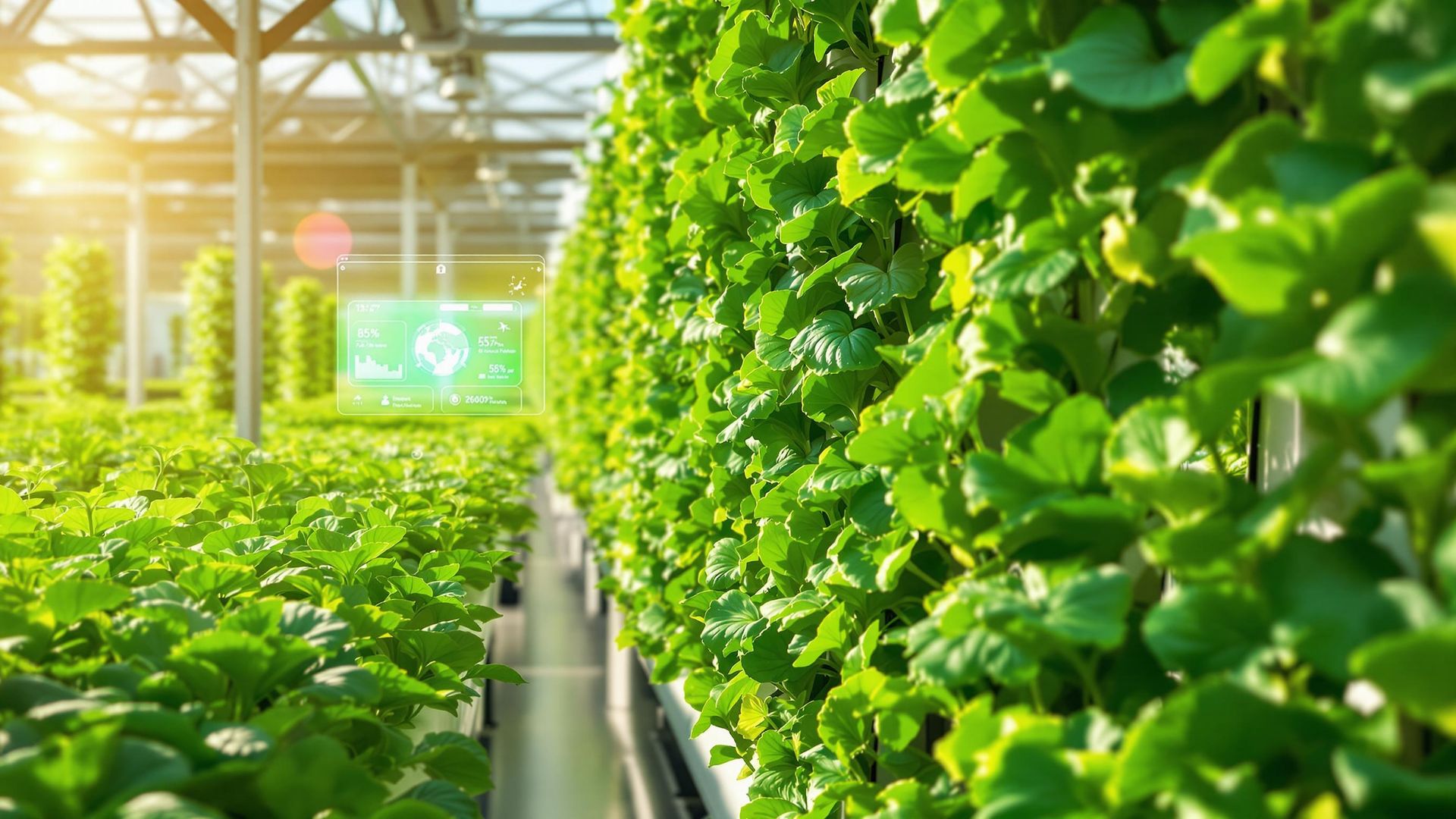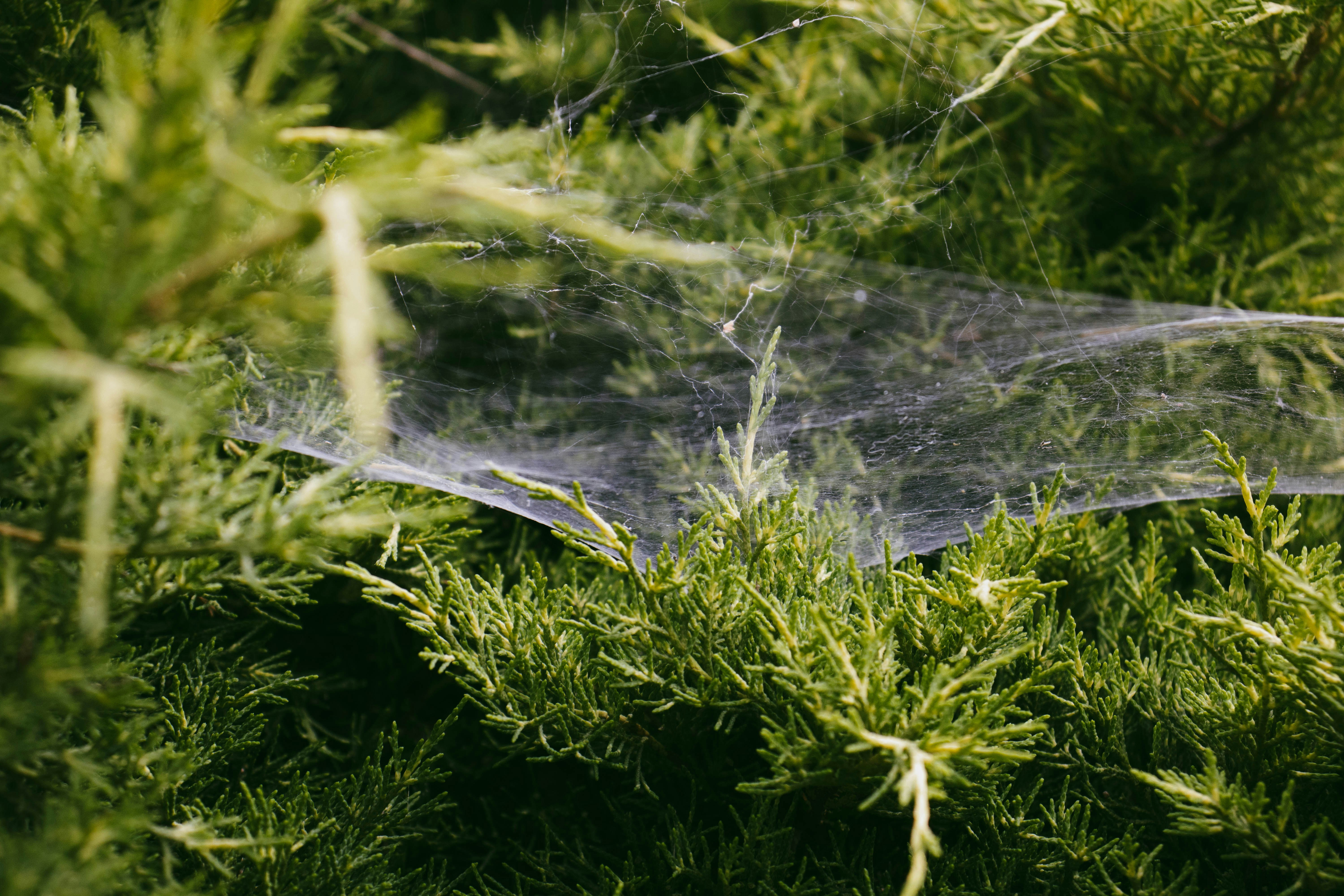 Integrated Pest Management Strategies for Hydroponics
Integrated Pest Management Strategies for HydroponicsIntegrated pest management (IPM) is a comprehensive approach to controlling pests in hydroponic systems that aims to minimise the use of chemical pesticides. By using a combination of strategies such as biological controls, cultural practices, and monitoring techniques, hydroponic growers can effectively manage pest populations. One key aspect of IPM is focusing on prevention rather than reaction, as a proactive approach can help mitigate pest issues before they escalate.
Incorporating physical barriers like screens or row covers can help prevent pests from entering the hydroponic setup in the first place, reducing the need for more aggressive control methods. Additionally, implementing good hygiene practices, such as regularly cleaning hydroponic equipment and maintaining proper sanitation, can deter pests from establishing populations. By integrating multiple pest management strategies and customizing them to suit the specific needs of the hydroponic system, growers can create a holistic and sustainable approach to pest control.
To create an effective pest management plan for your hydroponic garden, it is crucial to start with a thorough assessment of your setup. Begin by inspecting the plants regularly for any signs of pest infestation, such as yellowing leaves, holes, or webbing. Keep a close eye on the undersides of leaves where pests tend to hide. Additionally, monitor the overall health of the plants, as stressed or weak plants are more susceptible to pest attacks.
Once you have identified any pests or signs of infestation, research the specific pests commonly found in hydroponic systems. Different pests may require different control methods, so accurate identification is key. Look out for pests such as aphids, spider mites, and whiteflies, which are frequent nuisances in hydroponic setups. By understanding the behaviour and life cycle of these pests, you can better tailor your pest management strategies to combat them effectively.

In hydroponic setups, monitoring and identifying pests early on is crucial to prevent infestations that could harm your plants. Regularly inspecting your hydroponic system for common pests such as aphids, spider mites, and whiteflies can help in early detection. Look out for any visible signs of damage on your plants, such as yellowing leaves, holes, or a sticky residue, which could indicate the presence of pests.
Apart from visual inspections, you can also use sticky traps to capture flying insects like fungus gnats or thrips. These traps can help you identify the type and number of pests in your hydroponic garden. Additionally, keeping a close eye on the development of your plants can alert you to any sudden changes that may be caused by pest activity. By actively monitoring and swiftly identifying pests, you can maintain a healthy hydroponic system and ensure the success of your indoor garden.
Common pests can quickly become a nuisance in hydroponic systems, disrupting plant growth and health if not managed effectively. Aphids are commonly found in hydroponic setups and are identified by their small size, pear-shaped bodies, and various colours such as green, black, or red. These pesky insects feed on plant sap, leading to yellowing leaves, stunted growth, and the transmission of plant viruses. Spider mites are another prevalent pest in hydroponic gardens, characterised by their tiny size, eight legs, and the fine webs they produce on the undersides of leaves. These pests suck out plant juices, causing stippling, yellowing, and eventually leaf drop if left unchecked.
Thrips are yet another common pest that can wreak havoc in hydroponic environments. These slender insects are identified by their fringed wings and elongated bodies, inflicting damage by rasping leaf surfaces and sucking out plant fluids. Whiteflies are also problematic, with their white, moth-like appearance and tendency to congregate on the undersides of leaves. They secrete honeydew, promoting the growth of sooty mould and weakening plants over time. Recognising these common pests and their distinctive characteristics is crucial for implementing timely and effective pest management strategies in hydroponic systems.


Biological controls offer an eco-friendly alternative for managing pests in hydroponic systems. One widely used biological control agent is Bacillus Thuringiensis, a naturally occurring bacterium that produces toxins lethal to various insect larvae. When applied properly, Bacillus Thuringiensis can effectively target pests such as caterpillars, leafworms, and mosquito larvae without posing harm to beneficial insects or humans.
Introducing biological controls into hydroponic gardens requires a thoughtful approach. Understanding the life cycles of target pests is crucial for implementing these controls successfully. By strategically timing the application of biological agents based on the vulnerability of pest species at different life stages, hydroponic growers can maximise the efficacy of these natural solutions. It's essential to monitor pest populations regularly to gauge the effectiveness of biological controls and make adjustments as needed to maintain a balanced ecosystem within the hydroponic setup.
Bacillus Thuringiensis (Bt) is a naturally occurring bacterium that has gained popularity in the realm of pest control, particularly in hydroponic systems. What sets BT apart is its effectiveness in targeting specific pests while being harmless to most beneficial insects, humans, and pets. This makes it an eco-friendly alternative to chemical pesticides, aligning with the principles of sustainable and organic gardening practices.
One of the key features of Bacillus Thuringiensis is its ability to produce crystal proteins that are toxic to specific insect larvae upon ingestion. These proteins disrupt the digestive system of the larvae, leading to their paralysis and eventual death. This mode of action makes Bt a valuable tool in managing common pests in hydroponic setups, such as caterpillars, beetles, and mosquito larvae, without negatively impacting the overall ecosystem of the garden.

One of the key ways to prevent pest infestations in hydroponic systems is to maintain proper cleanliness and hygiene in the setup. Regularly clean and disinfect all equipment, such as trays, reservoirs, and tools, to remove any potential habitats for pests to thrive. By keeping the hydroponic system free from debris and organic matter build-up, you can significantly reduce the likelihood of pests finding a suitable environment to settle and reproduce.
Another effective method for preventing pest infestations in hydroponic systems is to implement a strict quarantine protocol for new plants or equipment entering the growing area. This precaution helps to prevent introducing any pests or diseases that may be present on new additions. By inspecting and monitoring new plants closely before allowing them into the hydroponic setup, you can minimise the risk of inadvertently introducing pests that could quickly spread and infest the entire system.
To maintain a pest-free hydroponic garden, it is crucial to regularly clean and sterilise all equipment and tools used in the system. This includes trays, reservoirs, pumps, and grow lights. By keeping everything clean, you can reduce the risk of pests finding a conducive environment to thrive. Additionally, inspecting plants regularly for any signs of pest infestation is vital. Look out for yellowing leaves, discoloured spots, or any visible pests crawling on the plants. Early detection can help prevent the spread of pests and minimise damage to your crops.
Furthermore, implementing good hygiene practices in your hydroponic setup can go a long way in keeping pests at bay. Avoid overfeeding your plants, as excess nutrients can attract pests. Ensure that the pH and nutrient levels of the water are properly balanced to promote healthy plant growth and deter pests. Additionally, maintaining proper air circulation and ventilation can help prevent the build-up of moisture, which is attractive to pests. By following these simple yet effective tips, you can create an environment that is less hospitable to pests and enjoy a thriving, pest-free hydroponic garden.

Integrated pest management (IPM) is a holistic approach to pest control that combines multiple strategies to effectively manage pests. In hydroponic systems, IPM can involve using biological controls, monitoring pests regularly, and implementing preventative measures to reduce pest populations.
To create a pest management plan for your hydroponic garden, start by identifying common pests that can affect hydroponic setups. Then, develop a strategy that includes monitoring for pests, implementing control measures such as biological controls or organic pesticides, and maintaining good plant hygiene practices.
Common pests in hydroponic systems include aphids, spider mites, thrips, and whiteflies. These pests can be identified by their physical characteristics, damage symptoms on plants, and by regularly inspecting the plants for signs of infestation such as webbing, yellowing leaves, or stippling.
Biological controls involve using natural predators or pathogens to control pest populations in hydroponic systems. One example is the use of Bacillus Thuringiensis (Bt), a bacteria that targets specific pests like caterpillars. Introducing beneficial insects like ladybugs or predatory mites can also help control pest populations.
To prevent pest infestations in hydroponic systems, maintain good plant hygiene by regularly cleaning your system, removing dead plant matter, and avoiding over-fertilisation. Implementing physical barriers, such as mesh screens, can also help prevent pests from entering your hydroponic setup.